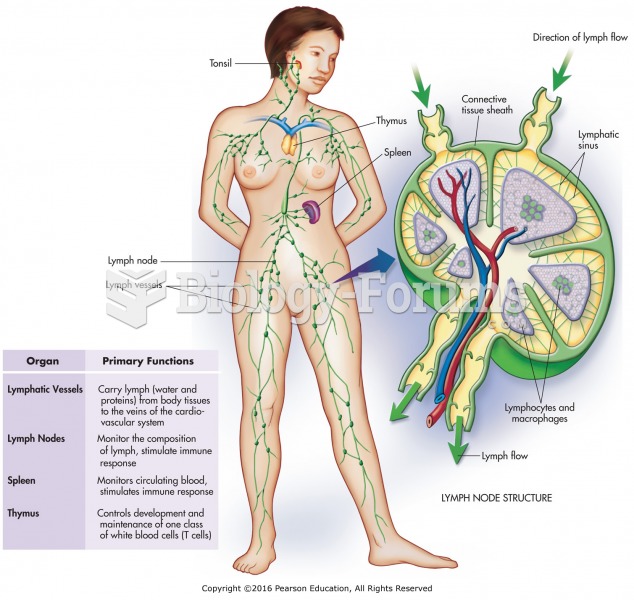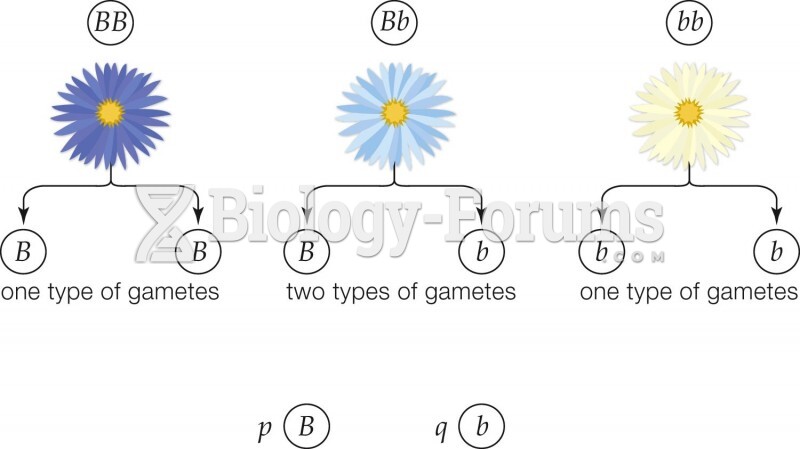Answer to Question 1
True
Answer to Question 2
There are seven staffing activities that, if done well strategically, create a staffing system that supports business strategy and organizational performance. The level of pay an organization is willing and able to invest in salaries can both determine and be determined by its ability to hire people with the necessary qualifications.
1. Workforce Planning: Strategically evaluating the company's current lines of business, new businesses it will be getting into, businesses it will be leaving, and the gaps between the current skills in the organization and the skills it will need to execute its business strategy.
Organizations need to assess the availability of their sought-after competencies in the labor market and use recruitment and effective selection practices to ensure that new hires have the requisite skills, background, and motivation so the firm's compensation system works as it's intended.
2. Sourcing Talent: Locating qualified individuals and labor markets from which to recruit.
If an organization is willing to pay premium wages, its staffing effort can focus on identifying and attracting the most qualified candidates. If an organization would like to pay lower wages, but is unable to hire the candidates it would like at its preferred salary levels, then it may be forced to raise its salaries to be competitive in the labor market or to make investments in training and development.
3. Recruiting Talent: Making decisions and engaging in practices that affect either the number or types of individuals willing to apply for and accept job offers.
Often, paying top dollar to hire the highest quality candidates is not always the best strategy if the company doesn't really need top talent and average talent will do. In other words, sometimes the greater productivity of the most talented applicants is not enough to offset their higher salaries.
4. Selecting Talent: Assessing job candidates and deciding who to hire.
When the labor supply is tight, the firm might need to increase its salaries just to be able to hire candidates with minimum skill levels and qualifications. If higher pay is not an option, recruiting from nontraditional sources might allow the organization to overcome its compensation challenges. If hiring from nontraditional labor pools is unsuccessful, automating the job, increasing the training the organization provides its employees, or reducing the required qualifications of new hires may be the only alternatives.
5. Acquiring Talent: Putting together job offers that appeal to chosen candidates, and persuading job offer recipients to accept those job offers.
The employment contract, or written offer to the candidate, formalizes the outcomes of the negotiations. This specifies the job's compensation, such as salary, bonus, long-term accounting, and stock-based compensation.
6. Deploying Talent: Assigning people to appropriate jobs and roles in the organization to best utilize their talents.
Ensuring that new hires have the potential to succeed is one of the primary goals of staffing. Performance incentives will be ineffective unless workers are given jobs suited to their skills. An organization that wishes to motivate its employees to be more productive by using a pay-for-performance or merit pay system will not be able to fully leverage its programs if the skills of the workforce are lacking. Performance incentives are only effective if the individuals have the potential to perform well in the first place.
7. Retaining Talent: Keeping successful employees engaged and committed to the firm.
It can be frustrating to locate and hire the right talent only to watch these people leave after a short time. Turnover is expensive, especially when it is the best performers who are leaving. Retaining successful employees means that the organization spends less time and fewer resources filling job vacancies. Performance incentives are one tool that employers can use to retain talent.







